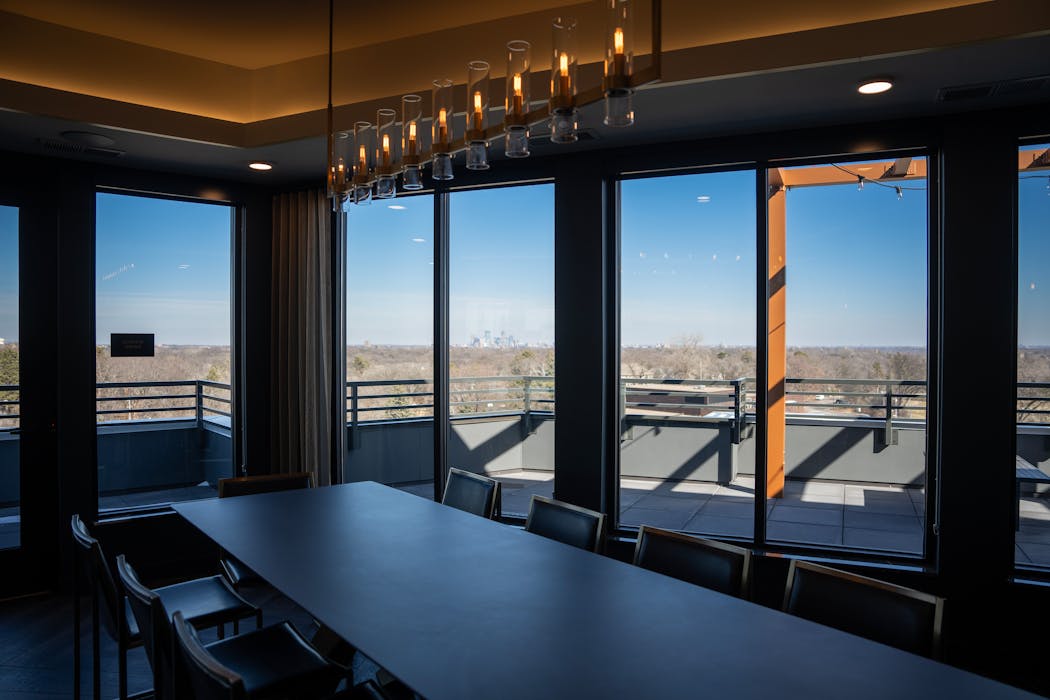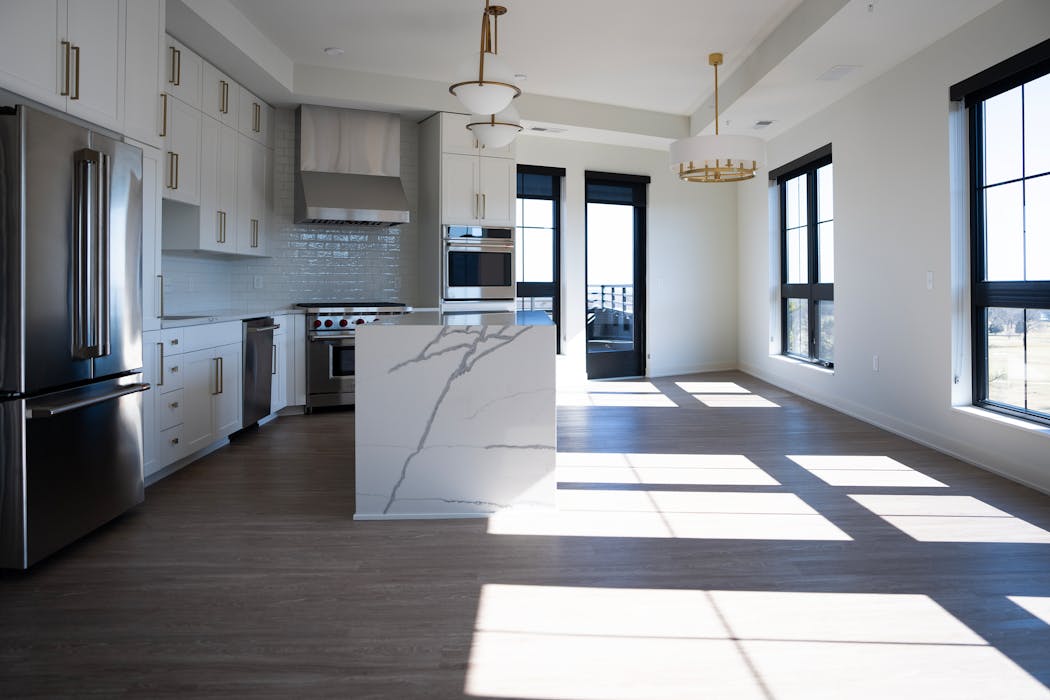Nearly 20,000 new rentals have hit the market in the Twin Cities metro through the past two years, leaving many expecting a glut of empty apartments.
That hasn't happened.
Instead, demand from renters outpaced predictions, with the vacancy rate across the metro holding steady and rents increasing at a steady clip in 2023 as developers descended on the suburbs.
"Demand was stronger than expected through the latter part of the year," said Brent Wittenberg, senior vice president at Marquette Advisors, a firm that tracks the rental market across the metro.
There was one notable exception: The southwest suburbs, which posted the highest vacancy rate of all metro submarkets. That area eclipsed even downtown Minneapolis, long the epicenter of the apartment boom.
"Demand has been fairly robust," Wittenberg said. "That said, this area is adjusting to a large wave of new supply, so certain micro-markets are very competitive."
Wittenberg said a third of all new units built in the metro last year were in the southwest suburbs, including Edina, Hopkins and Minnetonka. But because renters have already leased thousands of units there, he's reluctant to call that region a "soft spot."
Still, the vacancy rate in that area hit 5.8% by the end of the year. That was the highest vacancy rate among the six primary suburban submarkets by a significant margin. When adjusted for buildings that recently opened, the vacancy rate there was 7.9%. The market is considered evenly balanced between buyers and sellers when there's a 5% vacancy rate. Anything higher, and many property managers tend to offer rent concessions.
Nick Walton, president and CEO of Reuter Walton, recently completed Maison Green, a V-shaped luxury apartment building near a golf course and the bustling 50th & France shopping district in Edina. Other building owners in the area are reporting softness, he said, but it's too soon to predict how quickly Maison Green will fill up.
"We just started leasing and have not had to offer concessions yet," he said. "But the upcoming spring market will let us know if that will be needed or not."
Across the metro last year, developers built nearly 10,000 apartments, the second-highest number in decades. Through much of the past decade, urban areas were the epicenter of apartment development. Last year, however, all suburbs combined accounted for about three quarters of those units.
Metro-wide, the average vacancy rate during the last quarter of the year varied dramatically. But overall, the vacancy rate remained unchanged from the previous year at 5.3%, according to a year-end report from Marquette Advisors. The average rent across the metro was $1,479, a 4.4% increase from last year.
Wittenberg said demand for rentals in downtown Minneapolis has been relatively strong. Even though renters occupied more than 850 new apartments last year, the vacancy rate downtown declined to 6.8%, including new buildings still leasing. But with another 1,800-plus apartments finishing construction this year, he expects vacancies in that area to increase considerably during the coming months.
"We're keeping a close eye on downtown Minneapolis and some parts of the southwest metro," he said. "But with the slowdown in construction in 2024 to 2025, we expect many of our submarkets will become undersupplied in the coming months."
Uncertainty in other sectors of the commercial world is triggering that slowdown, causing lenders to pull back on financing new projects. That's forcing many apartment developers to put projects on hold.
"It's near impossible to close on a market rate, ground up, development right now," Walton said.
He said the company, like many other Twin Cities-based developers, has branched out to other states. Walton said his company recently broke ground on a new project in Bozeman, Mont.
"We've pulled way back on market-rate projects and are really only focused on affordable [housing] for our foreseeable future until interest rates calm down," he said.
Walton and other developers said demand for income-restricted rentals, not reflected in the Marquette report, has been especially strong. Many of those buildings are full and some have waiting lists. Walton owns an income-restricted building in Bloomington, and it's full.
Pat Barrett, chief operating officer at Oppidan — a Twin Cities-based development company that has built thousands of apartments across the country — said occupancy at the company's holdings in Minneapolis has been increasing slowly but steadily. And the company opened three suburban projects last year, including the Otto apartments in Waconia, the Aurilla in Cottage Grove and the Westlyn in West St. Paul. All of them experienced stronger-than-budgeted leasing and rental rates.
"We are finding our most successful projects, at this time, are outside of the Twin Cities market," he said. "Which we correlate to less new inventory being added to the market."
Barrett said he expects the trends that took hold at the end of 2023 to continue into 2024.
"With most of the product for 2024 already on line and with very little in the pipeline today for the rest of 2024, we expect the market to tighten throughout the year," he said. "We expect demand for rental housing to stay strong as people and families still struggle to find single-family homes and afford mortgage payments."
New York City turns to AI-powered scanners in push to keep guns out of the subway system
North Carolina regulators says nonprofit run by lieutenant governor's wife owes the state $132K





